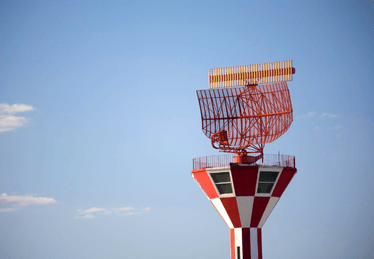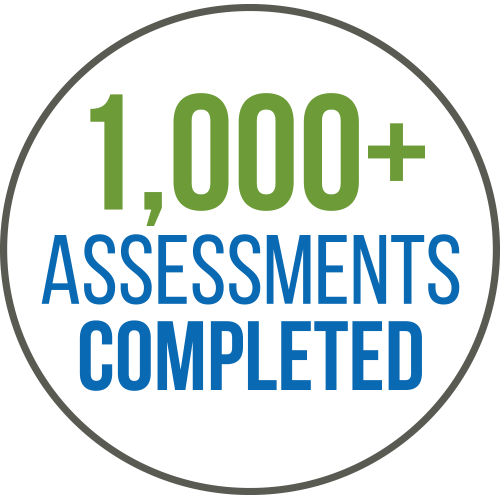Aviation and Radar Services
Keep your project moving by addressing aviation and radar
concerns early. Our expert assessments minimise objections, reassure consultees, and provide clear evidence for planning approval. Explore our specialist services below to see how
we can support your development.
Comprehensive Aviation and Radar Safeguarding
Services that help demonstrate overall project compatibility with aviation operations, communications, and infrastructure:
Aerodrome Surfaces and Procedures
Assessments that focus on protected airspace around aerodromes, flight paths, and operational procedures:

Instrument Flight Procedure (IFP) assessments demonstrate project compatibility with safeguarded flight paths, minimising aviation objections and supporting planning approval with clear, trusted evidence.
Analyse proposed structure heights to identify potential infringements and adjust design early to maintain compliance with aviation safety requirements.

Radar and Communications
Specialist services addressing technical aviation systems, from radar interference to communications and navigation equipment:

Maintain radar performance and project momentum. Our radar assessments identify and mitigate interference risks, helping projects satisfy consultees and secure approval.
Safeguard aviation communications and secure consent by addressing interference with navigation and surveillance systems, avoiding objections and delays.

Lighting and Turbulence Considerations
Assessments that cover airflow, lighting, and temporary construction risks affecting aviation operations:

Assess risks and evidence compliance for crane operations near aerodromes. Secure approvals with clear, trusted assessments that keep your construction project safe and on schedule.
Best undertaken during early design stages where developments are located close to aerodromes or beneath safeguarded airspace.


Our regulatory compliant obstruction lighting schemes ensure your development is safe whilst minimising environmental effects.
Every project is different, and not all services will apply in every case. Explore the pages above to learn more, or contact us for tailored advice on which assessments your project may require.



We have always found it very easy to work with Pager Power
Pager Power undertake Radar and Aviation assessments for our wind turbine developments – particularly civil and MoD radar issues. We have always found it very easy to work with Pager Power, they always deliver what they say they will deliver on time. The assessments and advice are always spot on and have allowed us to progress projects with confidence, knowing that we will be able to deal with potential technical challenges should they arise. We have learned to trust and respect their advice and they are our go-to consultants for this type of work.
Guy HopwoodPrincipal Environmental Consultant, ADAS
Pager Power has helped us obtain planning permission across the UK
We first appointed Pager Power in 2004 to assess a number of wind farms in North East England resulting in objections being withdrawn by Newcastle Airport. The company has successfully helped us resolve NATS, Royal Airforce, telecommunications and minor airfield issues. Pager Power provides advice and technical analysis, are easy to talk to and deliver reports on time. Pager Power has helped us obtain planning permission across the UK including a range of onshore wind farms in North East England and Central Scotland.
Tony ScorerHead of Onshore Wind Development, EDF Energy

Free Guidance:
Onshore Wind & Aviation
7 things developers need to know
Understand the key aviation issues facing the future of onshore wind across the world.
Sign up for our industry newsletter and receive our Onshore Wind & Aviation guidance today. Just fill out the form below and we’ll send it directly to you.




